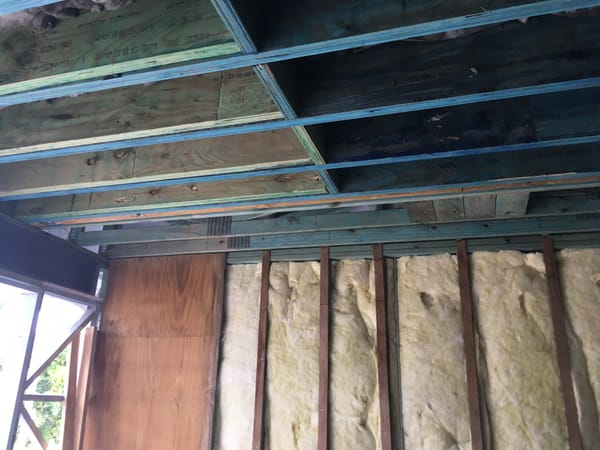When embarking on a residential building project, it is important to understand the various elements of a building contract and what they entail. One such element is the provisional sum, which can often be a source of confusion for home owners.
In this blog post, we will explore what a provisional sum is, why it is important to understand, and how it works.
WHAT IS A PROVISIONAL SUM?
A provisional sum is an amount of money included in a building contract for work that cannot be accurately priced at the time of the contract’s signing. This can include items such as excavation, rock removal, things which are difficult to estimate without knowing the specific conditions of the site.
Provisional sums can also be used to cover items such as plumbing, electrical or other trades where the selection and scope of work are yet to be determined.
Provisional sums are used when it is not possible to accurately price a specific item or piece of work, due to a lack of information at the time of signing the contract.
The provisional sum is an estimate of the cost of the work, based on what is known at the time of the contract’s signing. This amount is included in the overall contract price and is subject to adjustment once the work is completed and the actual costs are known.
Why is it important to understand provisional sums?
It is important for home owners to understand provisional sums, as they can have a significant impact on the final cost of the building project. If a provisional sum is underestimated or not properly described or allocated, it can result in the need for additional funding or delays to the project.
Home owners should carefully review the provisional sum in their contract and ensure that they are adequate for the scope of contract work.
Additionally, home owners should understand that the provisional sum is not a fixed price, but rather an estimate.
This means that the final cost of the work may be higher or lower than the provisional sum included in the contract.
It is important to clearly understand the circumstances that may lead to an adjustment in the provisional sum, such as unforeseen site conditions or changes to the scope of work.
HOW DO PROVISIONAL SUMS WORK?
Provisional sums are typically included in the contract as a separate item, with a specific dollar amount allocated to cover the work. Once the work covered by the provisional sum has been completed, the actual costs are determined and compared to the estimated amount included in the provisional sum.
If the actual costs are higher than the provisional sum, the home owner will be required to pay the additional amount. If the actual costs are lower than the provisional sum, the home owner may receive a credit for the difference. It is important to note that the exact terms and conditions for adjusting the provisional sum will vary between contracts and should be clearly outlined in the contract.
WHEN REVIEWING THE PROVISIONAL SUM IN A BUILDING CONTRACT, IT IS IMPORTANT TO CONSIDER THE FOLLOWING:
In conclusion, provisional sums are an important aspect of residential building contracts that can have a significant impact on the final cost of the project.
It is important for home owners to understand what a provisional sum is, why it is included in the contract, and how it works. By carefully reviewing the provisional sum and ensuring that it is adequate for the work that needs to be done, home owners can avoid unexpected costs and delays during the building process.







